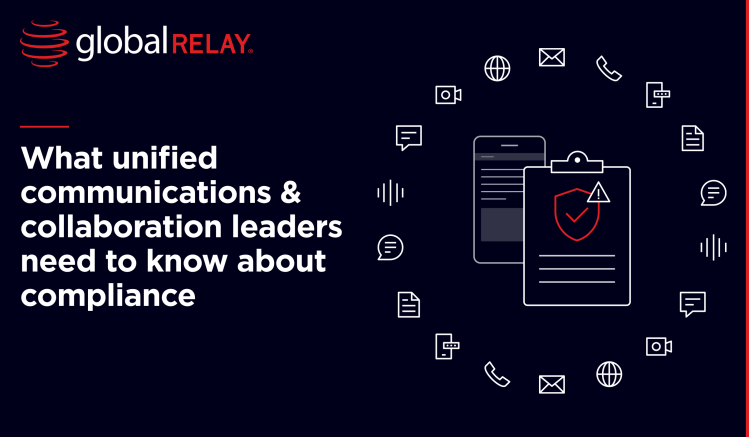Compliance teams at enterprise financial institutions must capture communications across multiple business lines, dozens of channels, and thousands of devices. Using different solutions can create inconsistent surveillance coverage, compromised audit trails, an inability to demonstrate proactive monitoring to regulators, and duplicate costs from maintaining multiple legacy systems.
Enterprise-scale companies need compliant solutions that simplify workflows and control costs. Below are five questions every tier-one bank should ask of its surveillance solution(s) to ensure no surveillance gaps exist between business lines.
1. Does your surveillance solution offer forward-looking, AI-enabled tools that can efficiently monitor your growing store of data?
The volume of communications data your firm captures is growing year-over-year, and your surveillance solution needs to match that pace of development. However, not all AI surveillance solutions are the same. Variations in training data, cloud infrastructure, explainability assistance, prompt design, language translation capabilities, and security can all impact the effectiveness of your AI surveillance. Some solutions are built rigidly, meaning they are slow to adapt to innovation and emerging risk.
Global Relay’s AI Surveillance allows firms to review every single message that enters the archive, no more resorting to rudimentary batch surveillance. Advanced sentiment analysis and documented chain of thought reasoning help explain to regulators how the AI makes decisions. Flexible architecture continuously integrates the latest AI advancements and adapts quickly to emerging risks, regulatory changes, and industry demands. Now, you’re able to optimize surveillance workflows while meeting increasing regulatory demand.
2. Can your surveillance solution capture all business communications on any mobile device?
With thousands of devices to monitor, surveillance teams need to capture data from every channel that employees conduct business over or risk civil and criminal liability. In 2021, JP Morgan was fined $200 million over recordkeeping failures involving WhatsApp messages and personal mobile devices. This fine demonstrates the need for JP Morgan, and doubtless other banks, to get serious about mobile device compliance.
Global Relay’s Compliant Business Mobile Messaging solution enables organizations to turn any phone into a compliant phone with a range of products for both BYOD and corporate-issued devices. Employees can compliantly communicate on the channels they prefer, whether that’s WhatsApp, SMS/text, voice, Apple Message®, or any other platform.
3. Does your surveillance solution allow for on-demand, self-service reporting?
Measuring and reporting surveillance effectiveness is crucial for regulatory compliance and risk management. Regular reports help firms identify gaps in surveillance and detect inefficient workflows. When done right, they’re a simple, self-service tool compliance teams can use to ensure they get the most out of their surveillance solution.
Global Relay offers six on-demand reports that compliance teams can request to gain insight into workflow productivity and demonstrate compliance to the regulator. All reports are complimentary to Global Relay Surveillance and can be performed by any users you designate with reporting roles.
4. Can your surveillance solution adopt the latest innovations without introducing third-party risks?
Specialized compliance vendors often rely on partnerships or acquired third and fourth-party services to obtain the latest innovations, turning what you contracted as a single vendor into a patchwork of solutions. This framework shuffles customer data through multiple vendors, increasing the opportunity for data to be lost, corrupted, or intercepted by cyber criminals. In the event of outages or error, it can be difficult to pinpoint the weak link.
Global Relay solutions are vertically integrated, meaning every product we offer is wholly owned and operated by us. We don’t use third-party vendors for data Connectors, and our AI surveillance operates in our private data center—not on someone else’s public cloud. This gives us complete oversight and accountability for the security of your data.



